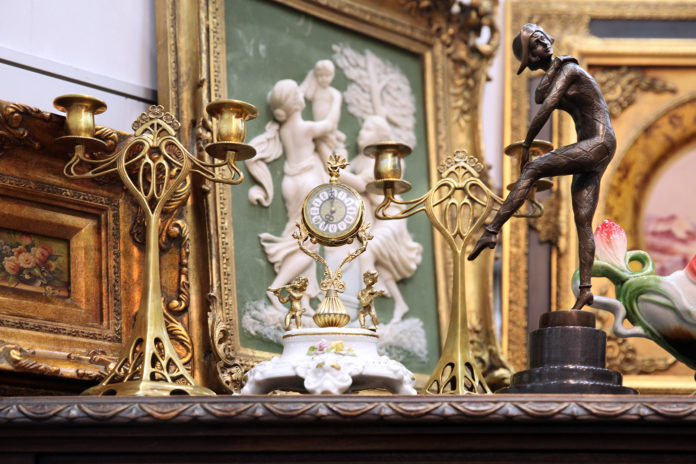Whether you are moving an entire art collection or a single piece, this process may appear to be highly complex and challenging. You have to consider a myriad of factors, from art packing supplies and the quality of boxes to the method of transportation and delivery. Below you will find some useful tips on how to move art and antiques of different kinds without damaging anything.
How to move art & antiques without damaging anything
- Moving artwork framed with glass
When moving framed artwork, it is important to protect the glass from breaking in transit. You can use a special painter’s tape for this purpose. It should be applied right on the glass surface. After that, cover your piece with bubble wrap. Remember that bubbles should be facing out and not touch the surface of the artwork. After you finish wrapping, properly tape all the seams. Use durable cardboard boxes for moving small artworks. The space around the artwork should be filled with bubble wrap or another cushioning material. If you are moving a large or highly fragile piece, you need a wooden crate built for this specific artwork. Be sure to indicate all the necessary information on the box or crate: your name, contact number, destination address, recommendations on unpacking, etc. Besides, use special moving labels, such as “do not stack,” “fragile,” “glass,” and “this way up” to attract movers’ attention to the contents of the box.
- Moving oil paintings
Since the surface of an unframed oil painting can be easily damaged in transit, you should be very careful when packing it for moving. First of all, wrap the piece in acid-free glassine or tissue paper and then ‘sandwich’ it between two sheets of foam board. Secure everything with packing tape and then wrap the package in bubble wrap. If the work is extremely valuable, large, or heavy, you should pack it in a custom crate to ensure the highest level of protection. Small and middle-sized paintings can be moved in durable flat cardboard boxes. Use only new boxes when moving fine art!
- Moving sculptures and statues
According to https://fineartshippers.com/, sculptures and statues are some of the most complicated items in terms of transportation. Because of their odd shapes and often large sizes, you have to make special efforts to guarantee their safety during the move. If possible, disassemble the artwork and pack smaller pieces separately. There is no need to disassemble the artwork if it is small enough to fit into the box. Wrap the sculpture or statue in enough bubble wrap so that no area is left exposed. Secure the package with high-quality packing tape. Use a box of an appropriate size to limit any unnecessary movements. Fill the empty space inside the box with packing peanuts, bubble wrap, or another cushioning material. Seal the box with packing tape and label it as “Fragile.” Large and delicate items should be transported in wooden crates with a custom interior to support the piece properly during the move.
You can also contact the ThreeMovers support team and be sure that your valuables are transported safely.
- Moving pianos
It is needless to say that it is better to hire specialized piano movers for this job, but you still need to know several piano moving techniques. Thus, to pack and move a piano, you will need a piano dolly, moving blankets, packing tape, plastic wrap, strapping, and a piano skid board. Once you have everything needed, shut the lid that covers the keys and the top lid of the piano. Use moving blankets or pads to cover the delicate internal components to protect them in transit. If you deal with a grand or baby grand piano, remove its legs first and wrap them in moving blankets. After that, cover the entire piano in moving blankets and pads and secure everything with a generous amount of packing tape. Once it feels secure, use plastic wrap to provide additional protection and support. Remember that you should not lay upright pianos on their side or remove their wheels. Use special dollies for moving them instead.
- Moving antique furniture
Antique furniture is irreplaceable and therefore requires your special attention. You need to carefully pad the pieces or wrap them with moving blankets. Never pull, push, or slide your antiques around, as they are highly delicate and can be easily damaged. If your furniture pieces have glass parts, it is better to pack them separately. If it is not possible, put some cardboard over the glass parts and tape them properly. To move your furniture pieces, use a special moving dolly.
Moving art and antiques is not that easy as it may seem from the first sight. You can try to handle this job on your own, but it is much better to leave it to specialized movers who know how to ensure your valuables arrive in their perfect condition.
Good luck!

























